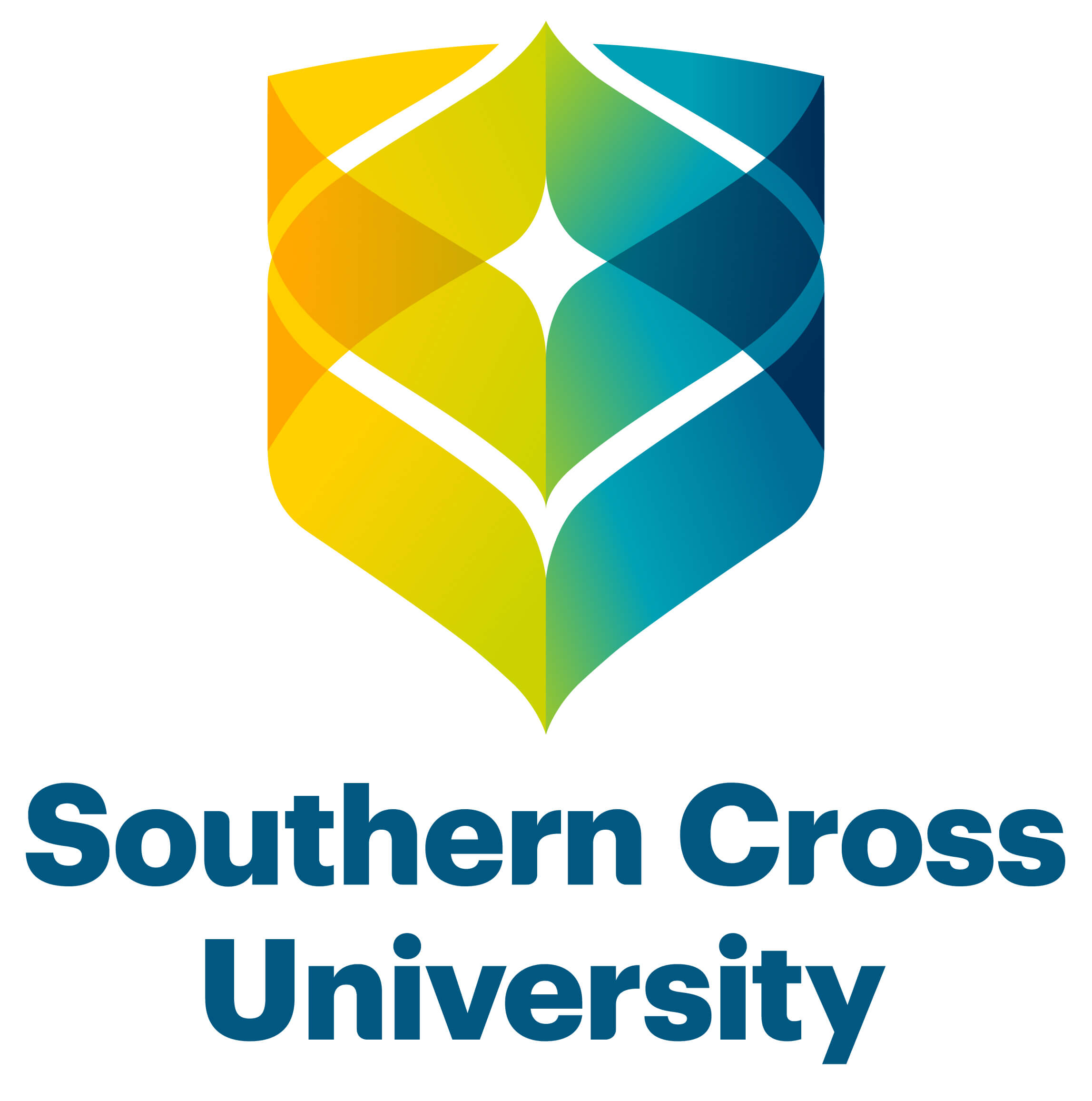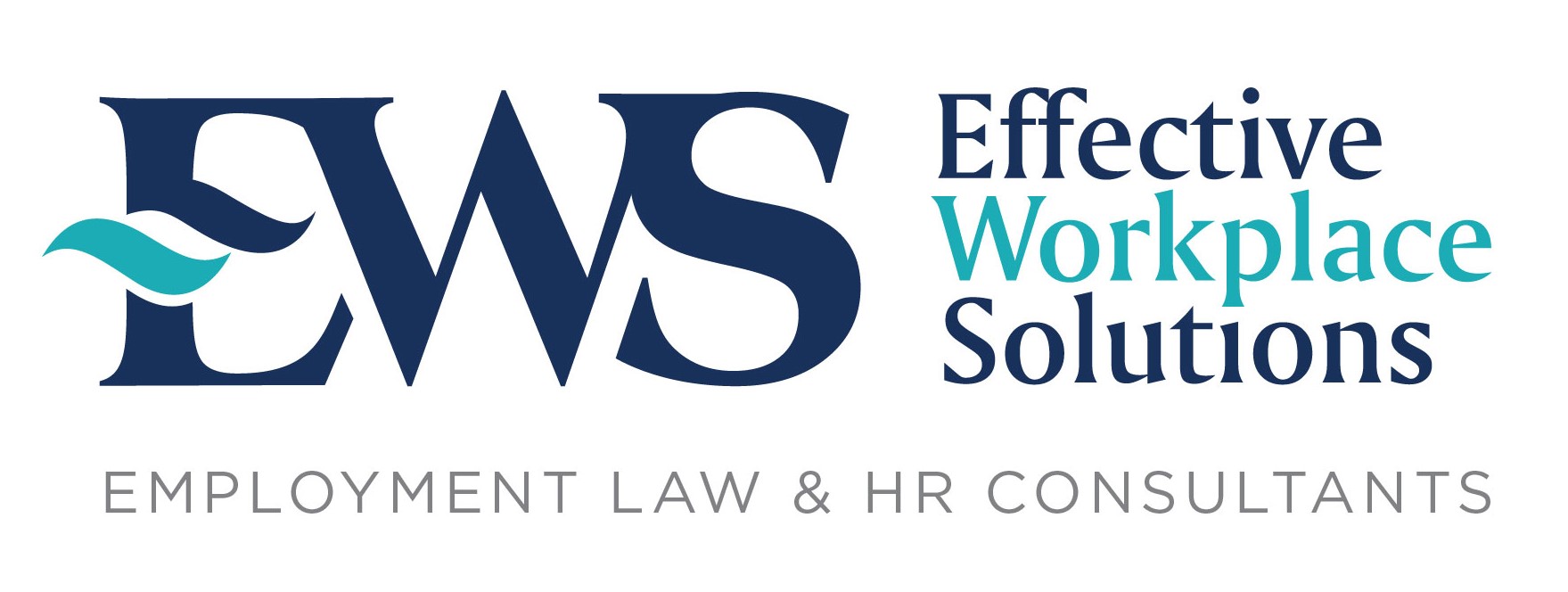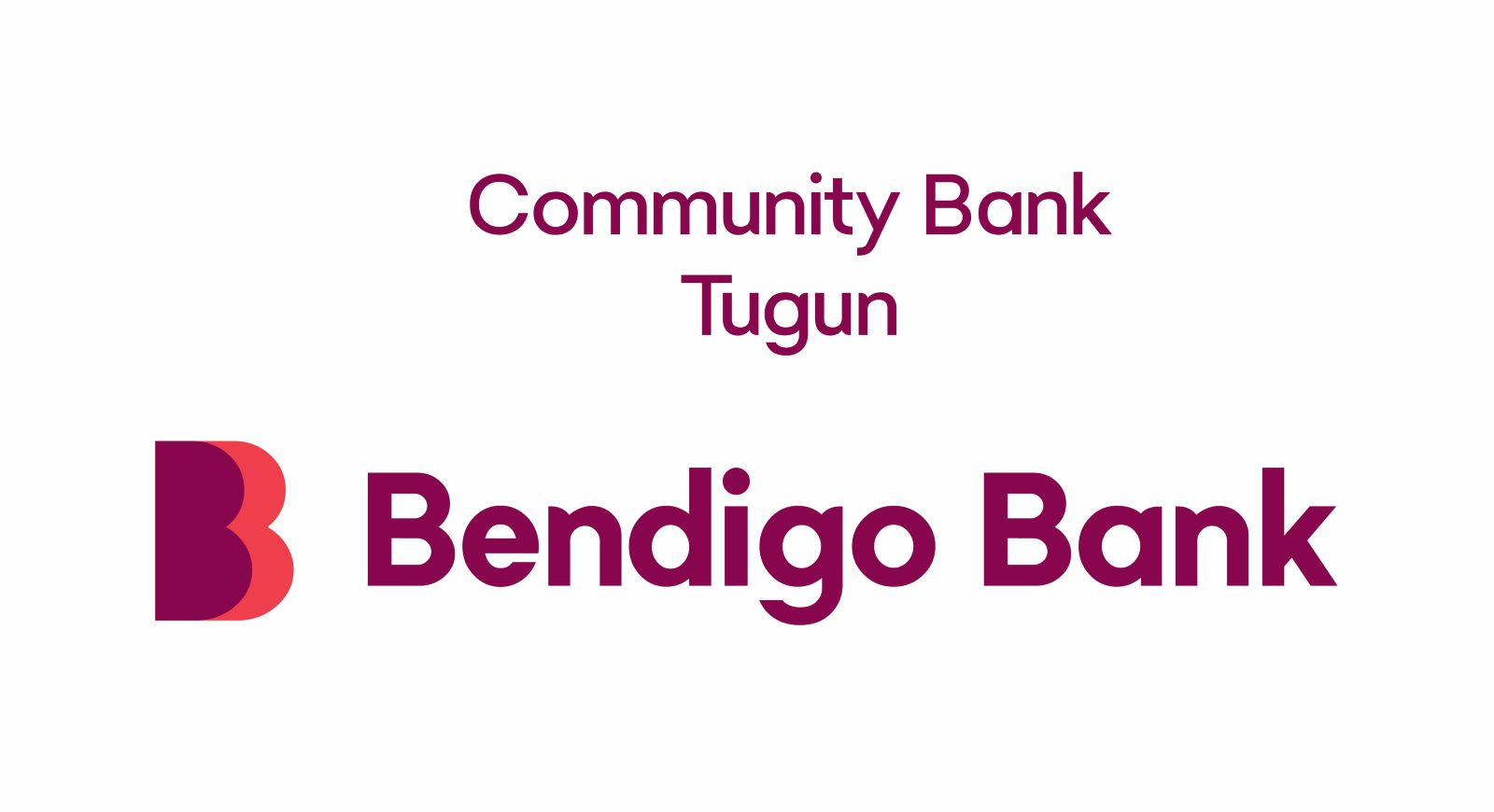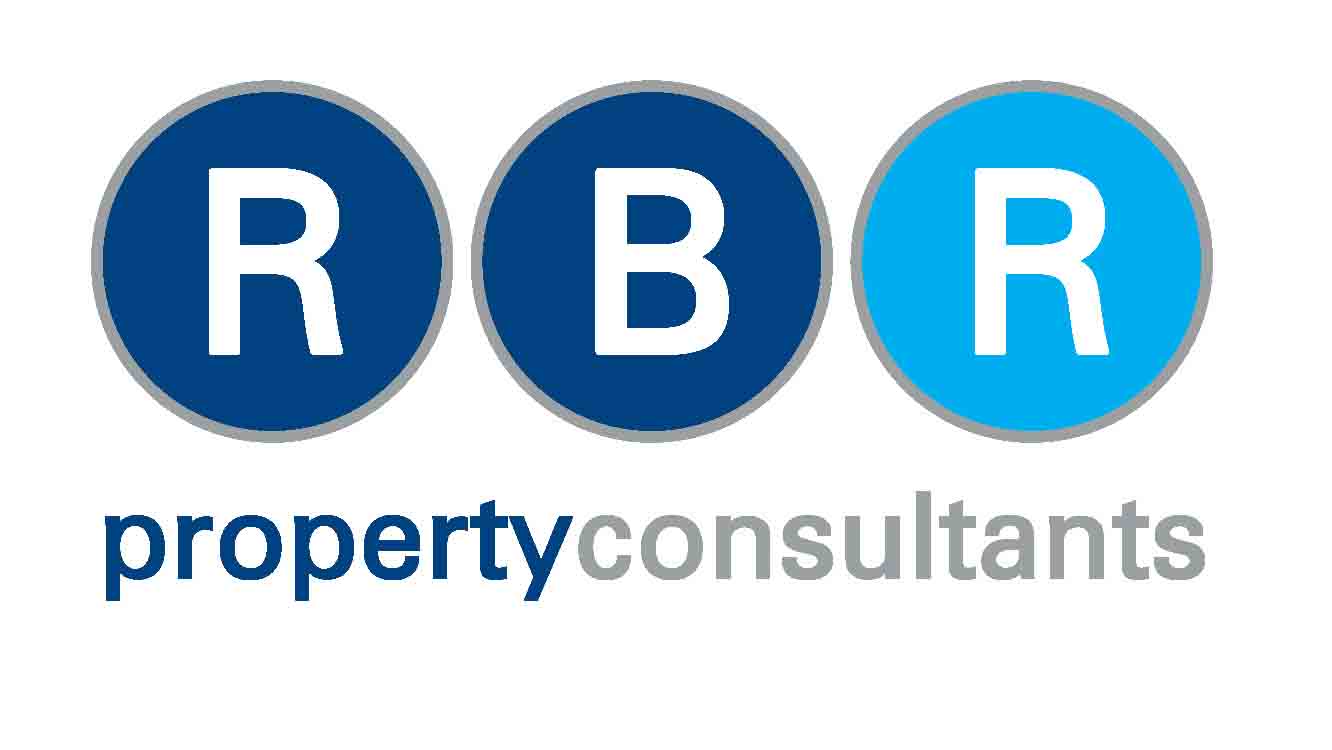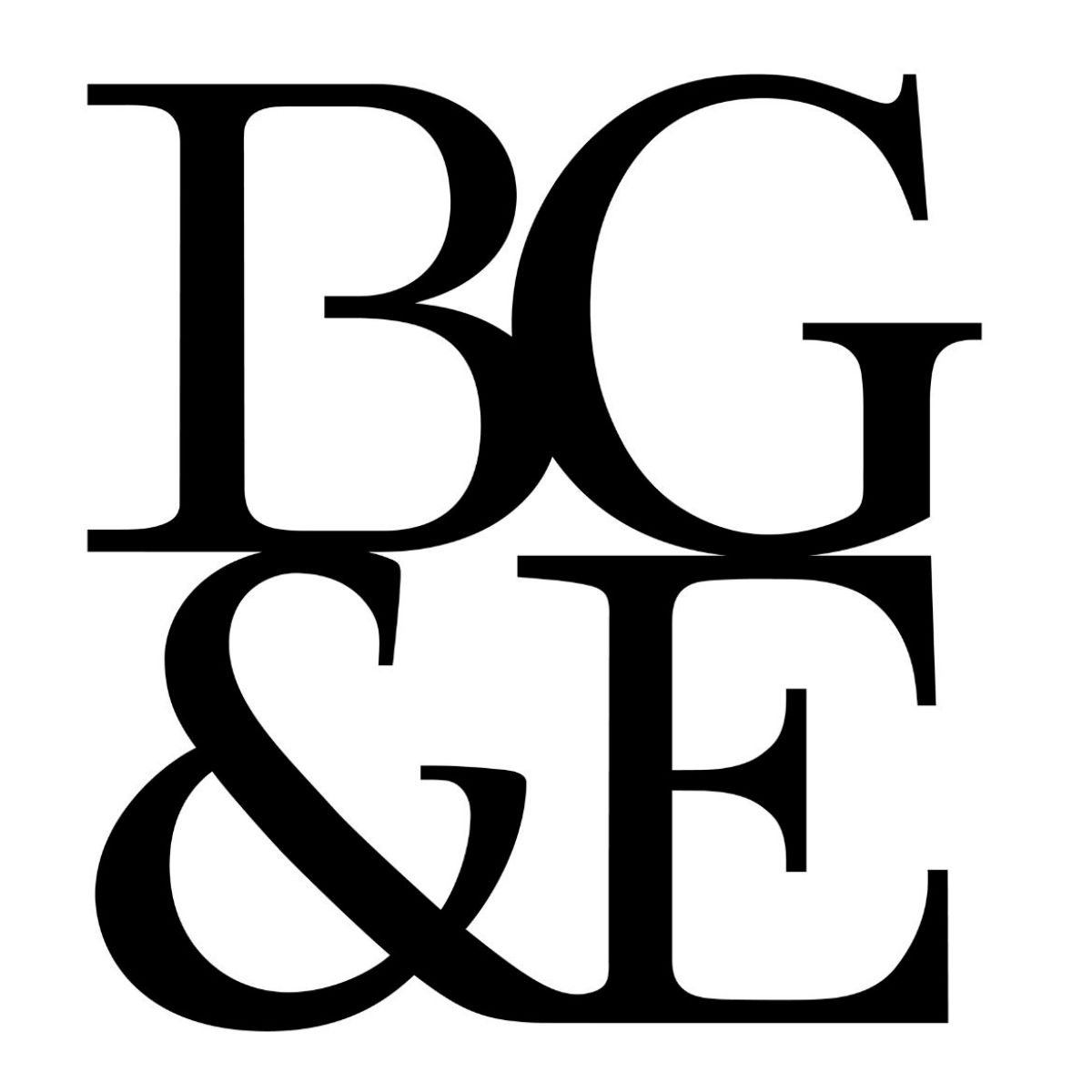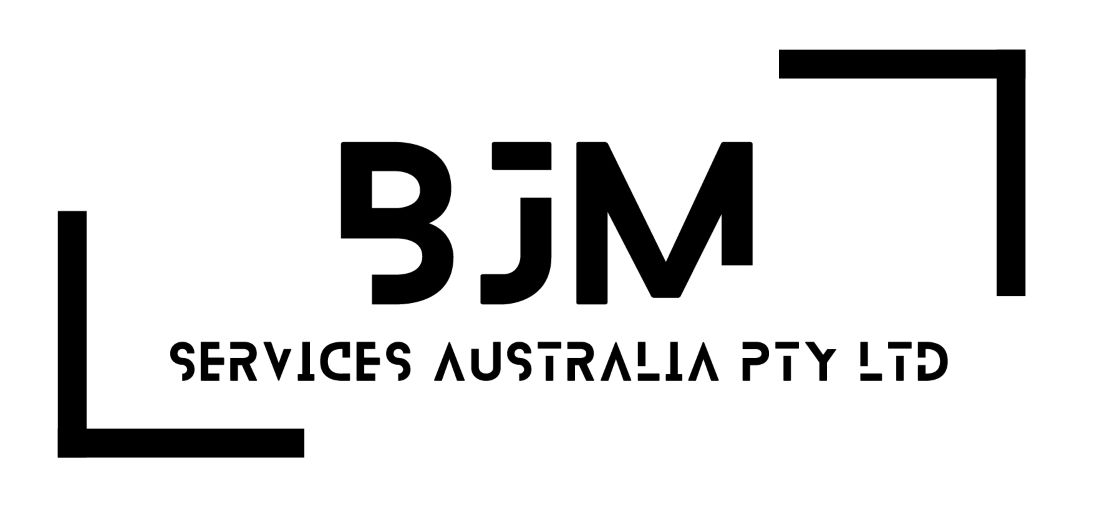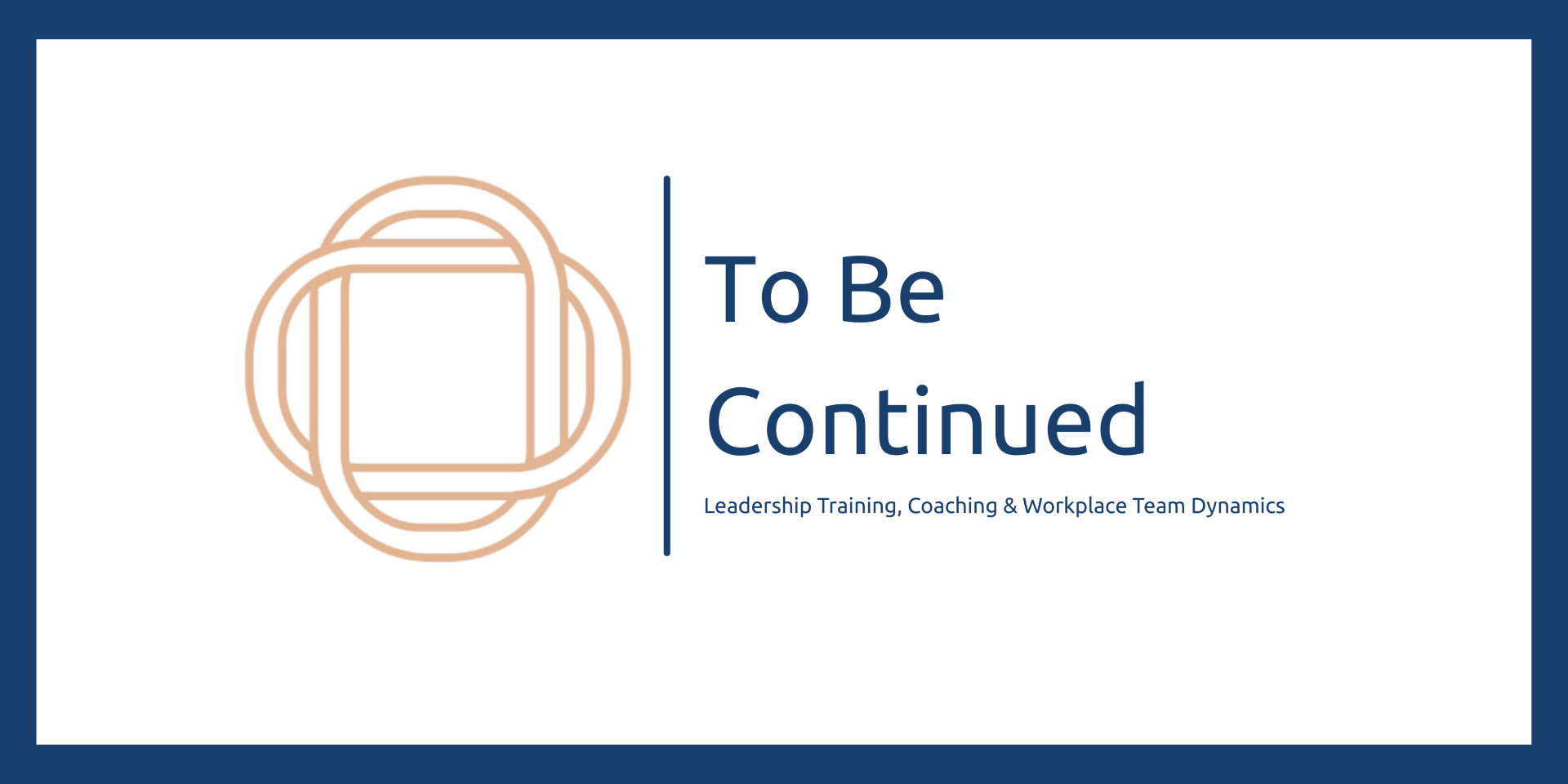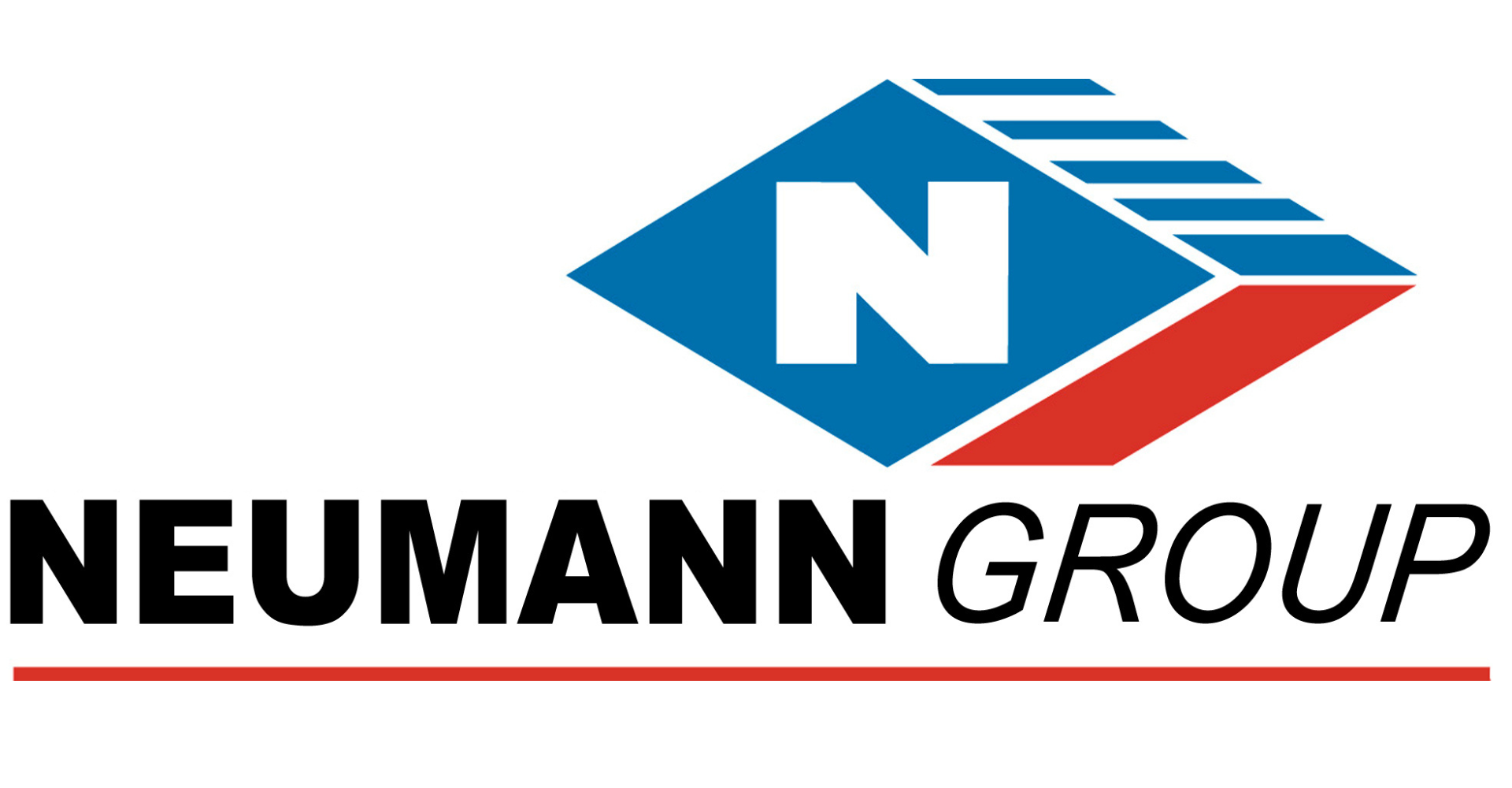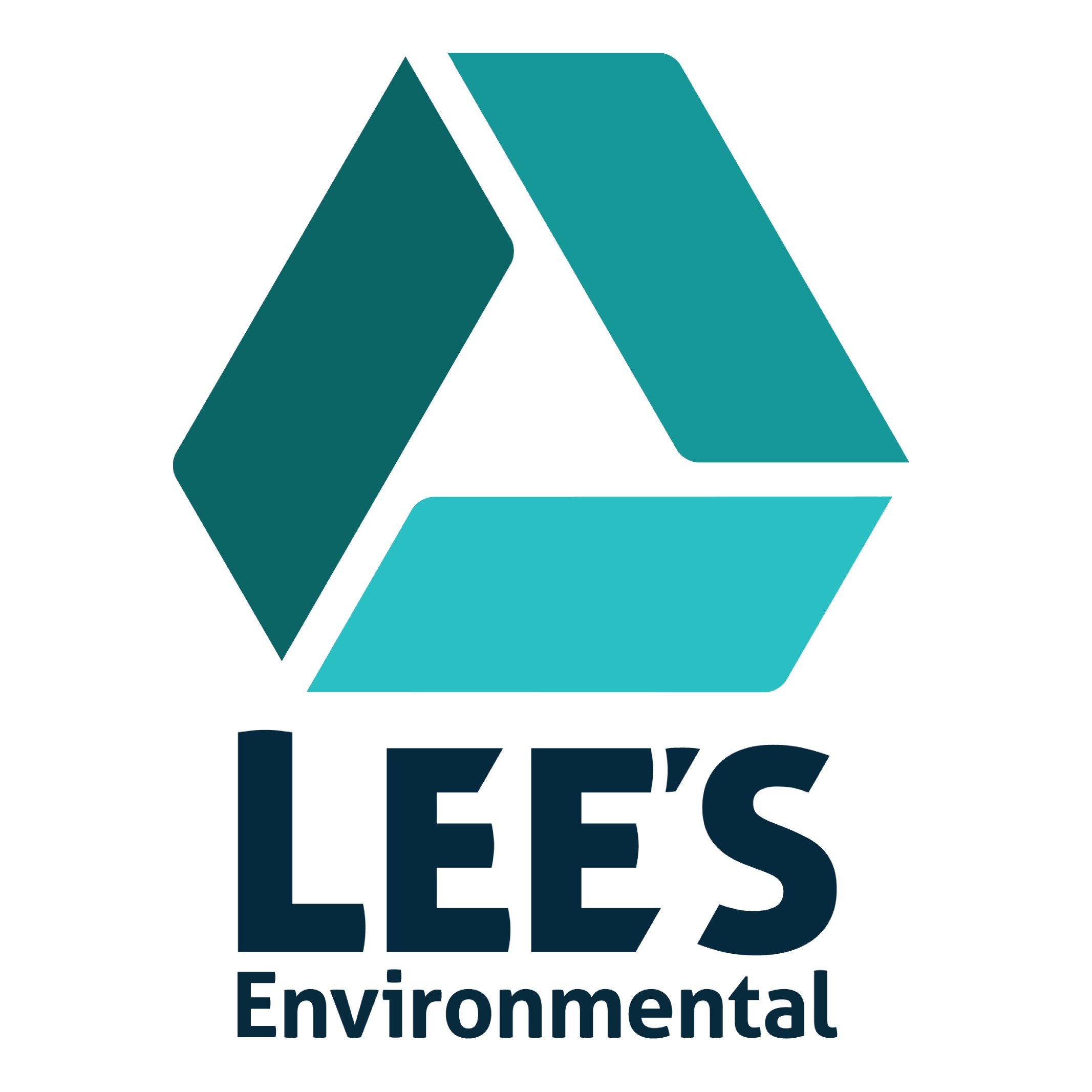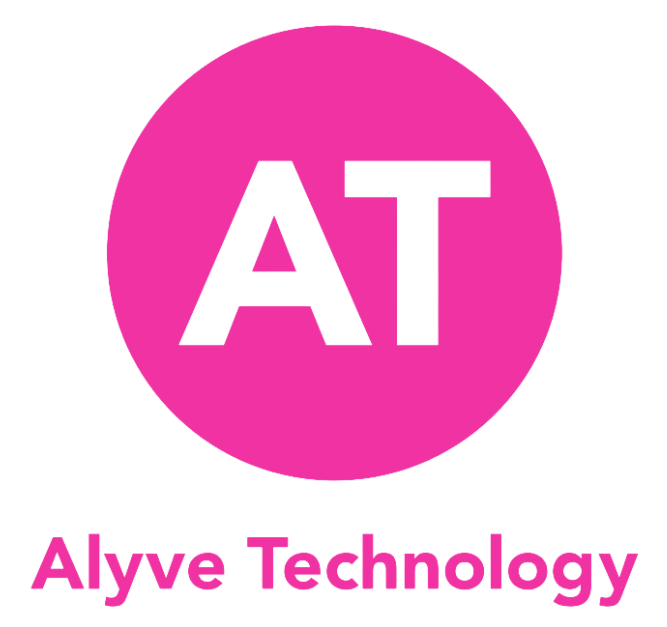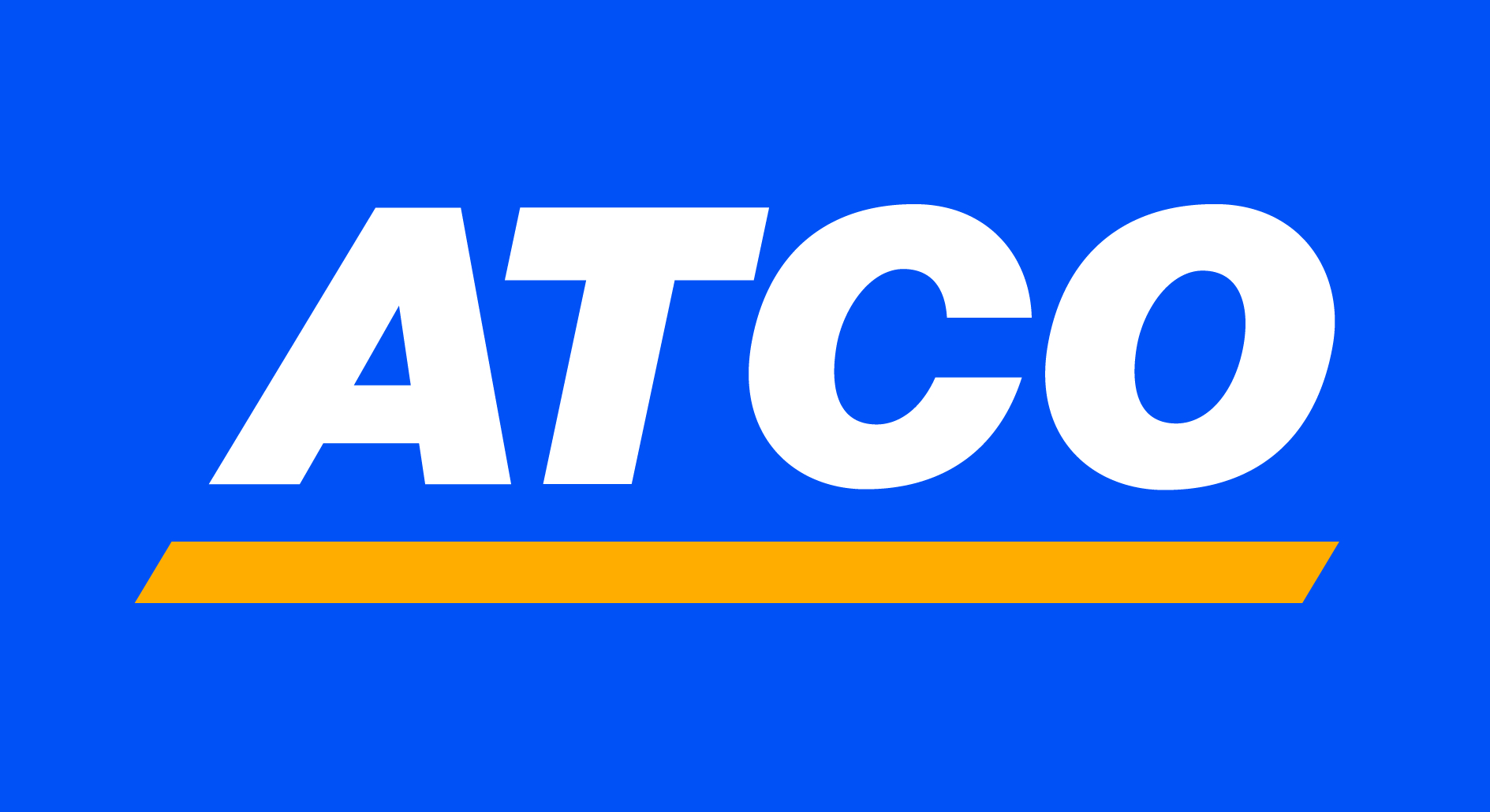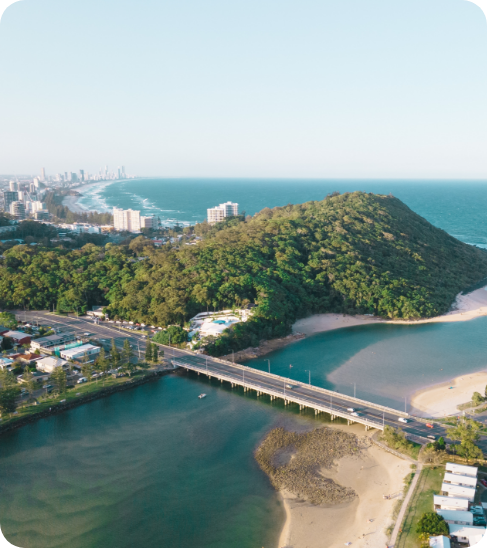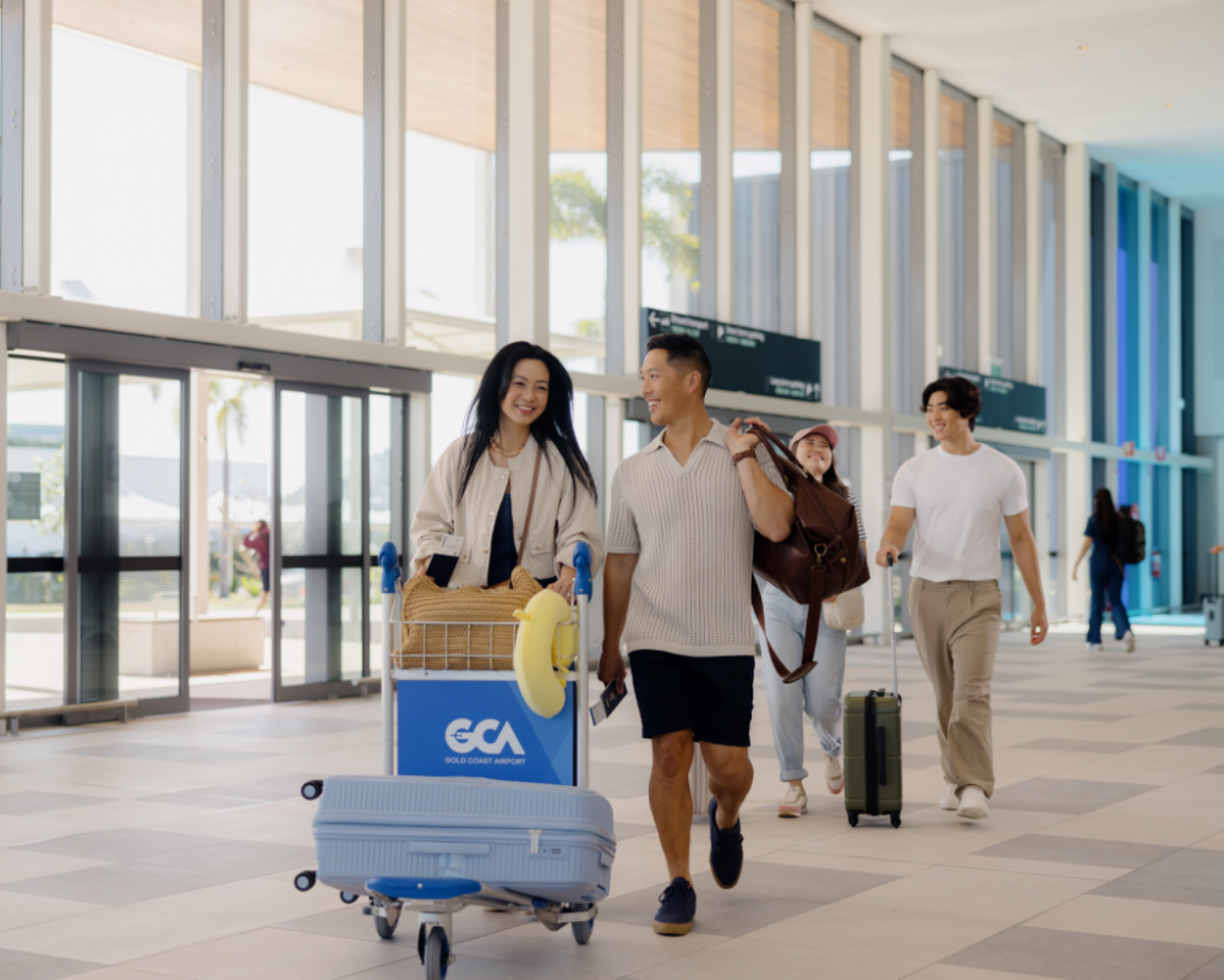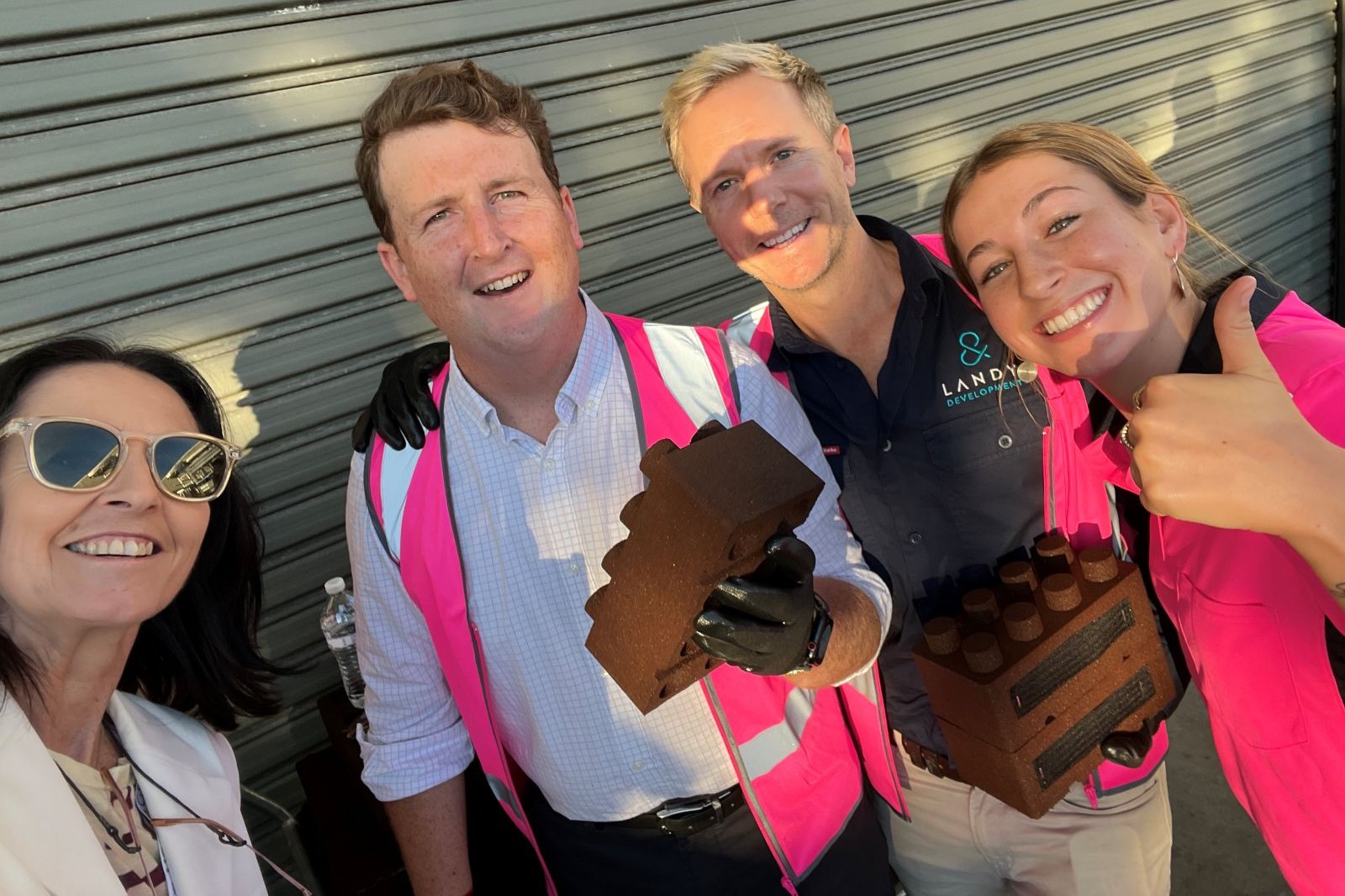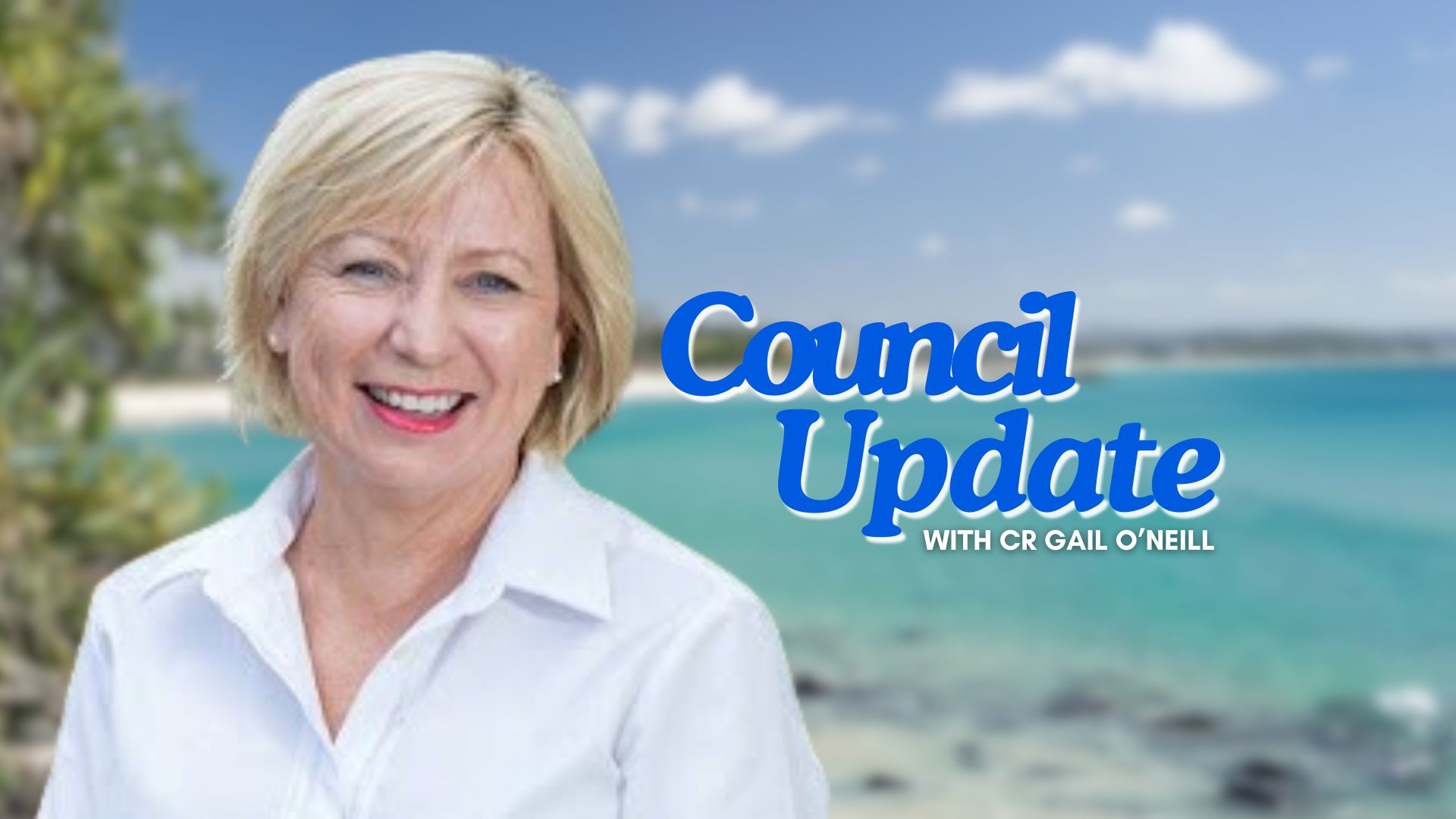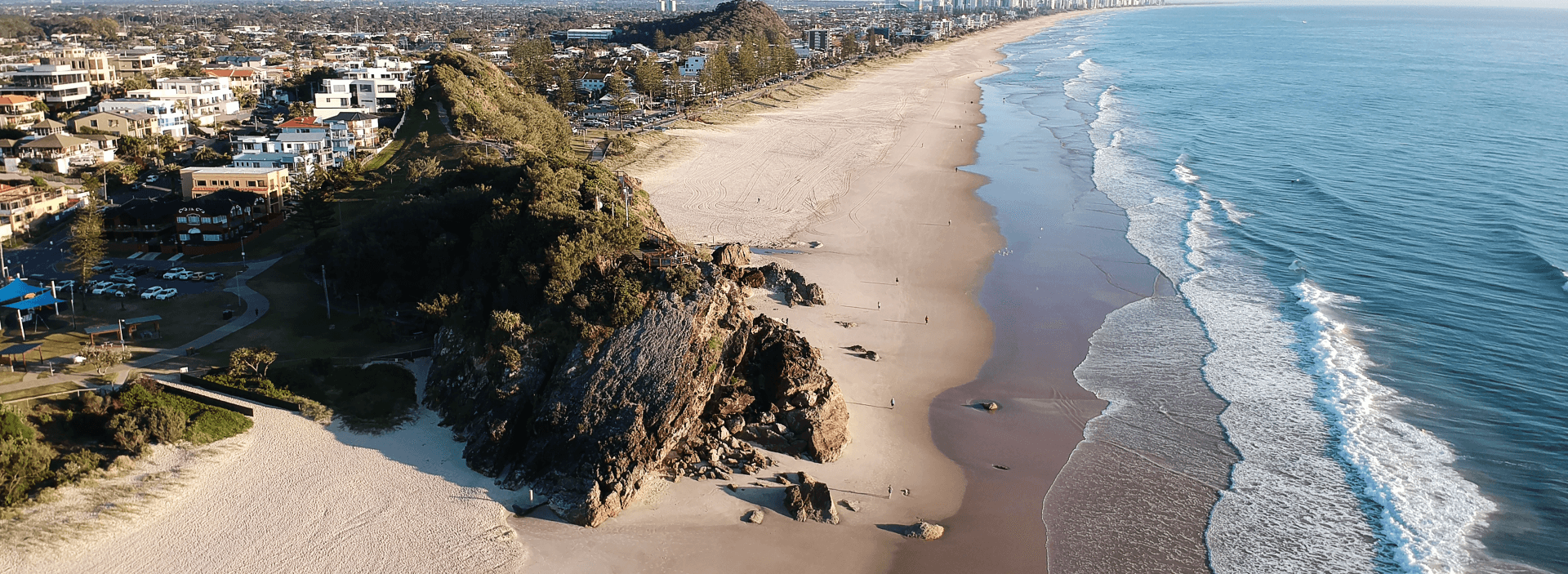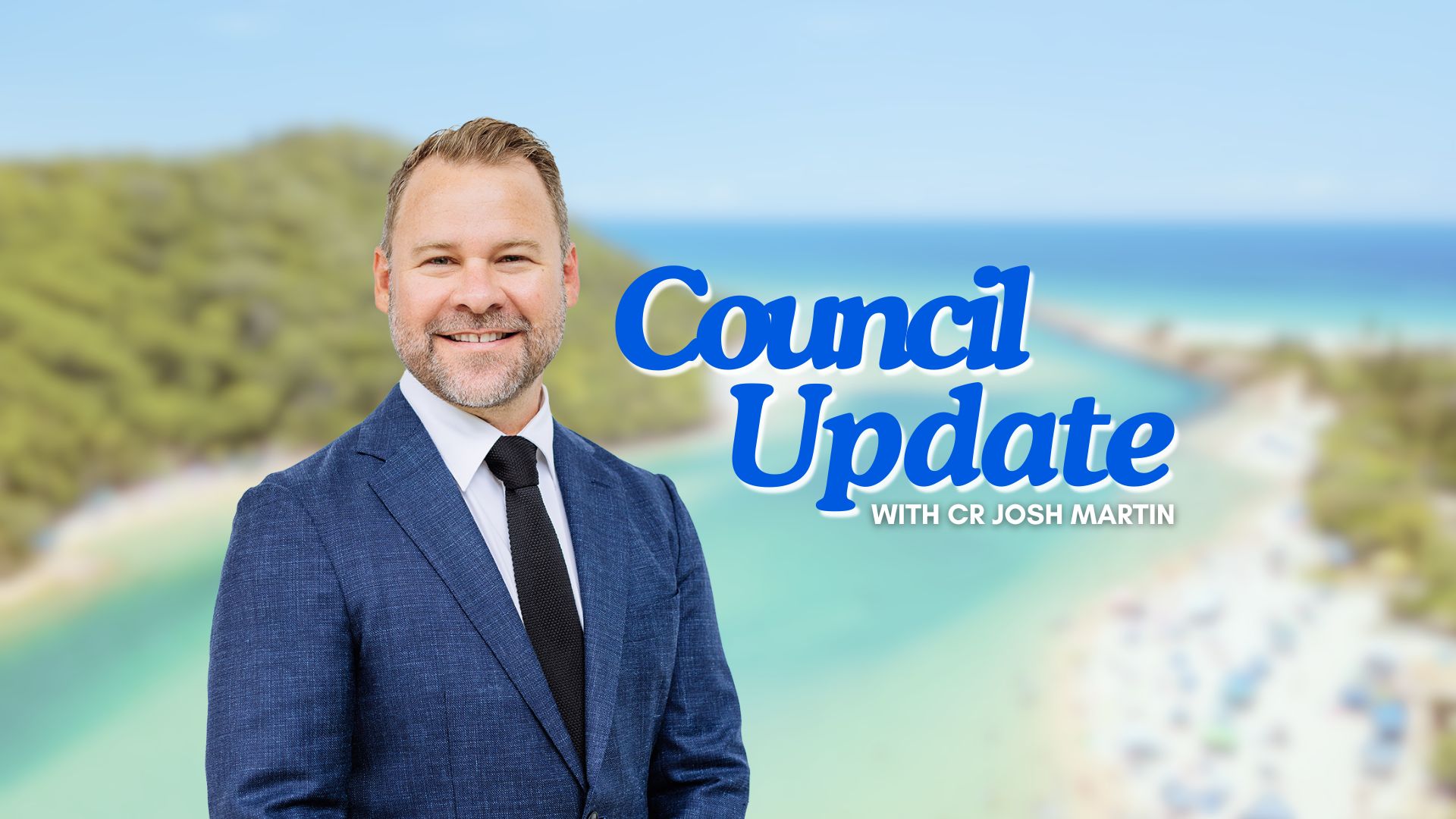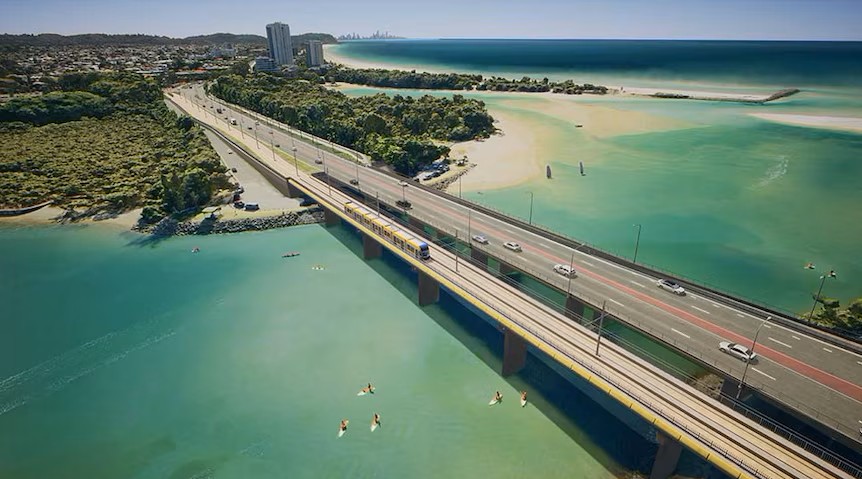2026 World Cup Championship – 13-15 February
SURFS UP !! The 2026 World Club Championship hits Snapper Rocks, uniting 32 of the...
Read More
Have your Say and Shape the future of Business travel on the Gold Coast
Shape the future of business travel at GCA Whether you’re a team of one or...
Read More
Tweed Family of League John Strong Memorial Bowls Day
An invitation to all to come and join the Tweed Family of League Committee at...
Read More
Future Lady Tradies Leading a Bold Charge in the Trades Industry
The Southern Gold Coast Chamber of Commerce was proud to attend the recent launch of...
Read More
Council Update: What’s Happening in Our Backyard
In this update, Councillor Gail O’Neill shares the latest accomplishments in Division 14, from exciting...
Read More
Southern Gold Coast Chamber of Commerce – Queensland State Budget 2025–26: Review and Response
The Southern Gold Coast Chamber of Commerce responds to the Queensland Government’s 2025–26 State Budget....
Read More
Council Update: What’s Happening in Our Backyard
In this update, Councillor Josh Martin shares the latest developments in Division 13, from infrastructure...
Read More
Fresh Start for Queensland: Gold Coast Light Rail Stage 4 community consultation launched
The Crisafulli Government is delivering on its election commitment to properly consult local communities on...
Read More
Our Valued
Platinum Members
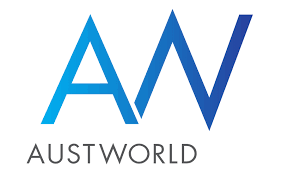
Our Esteemed
Gold Members
